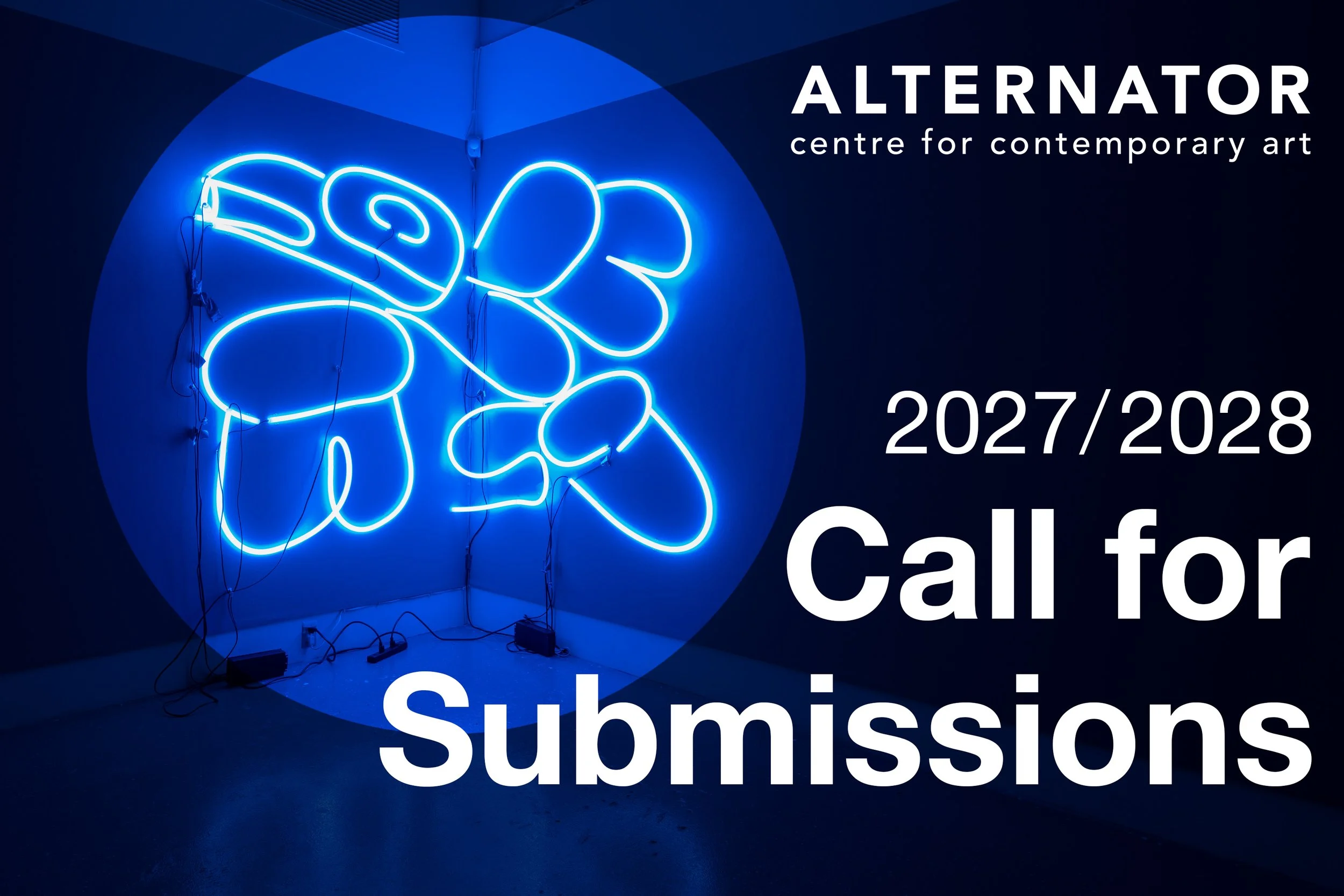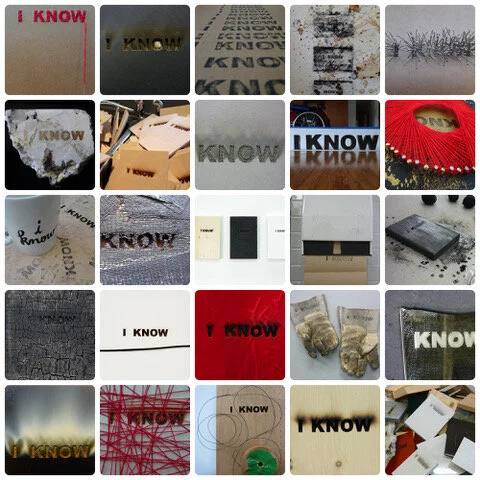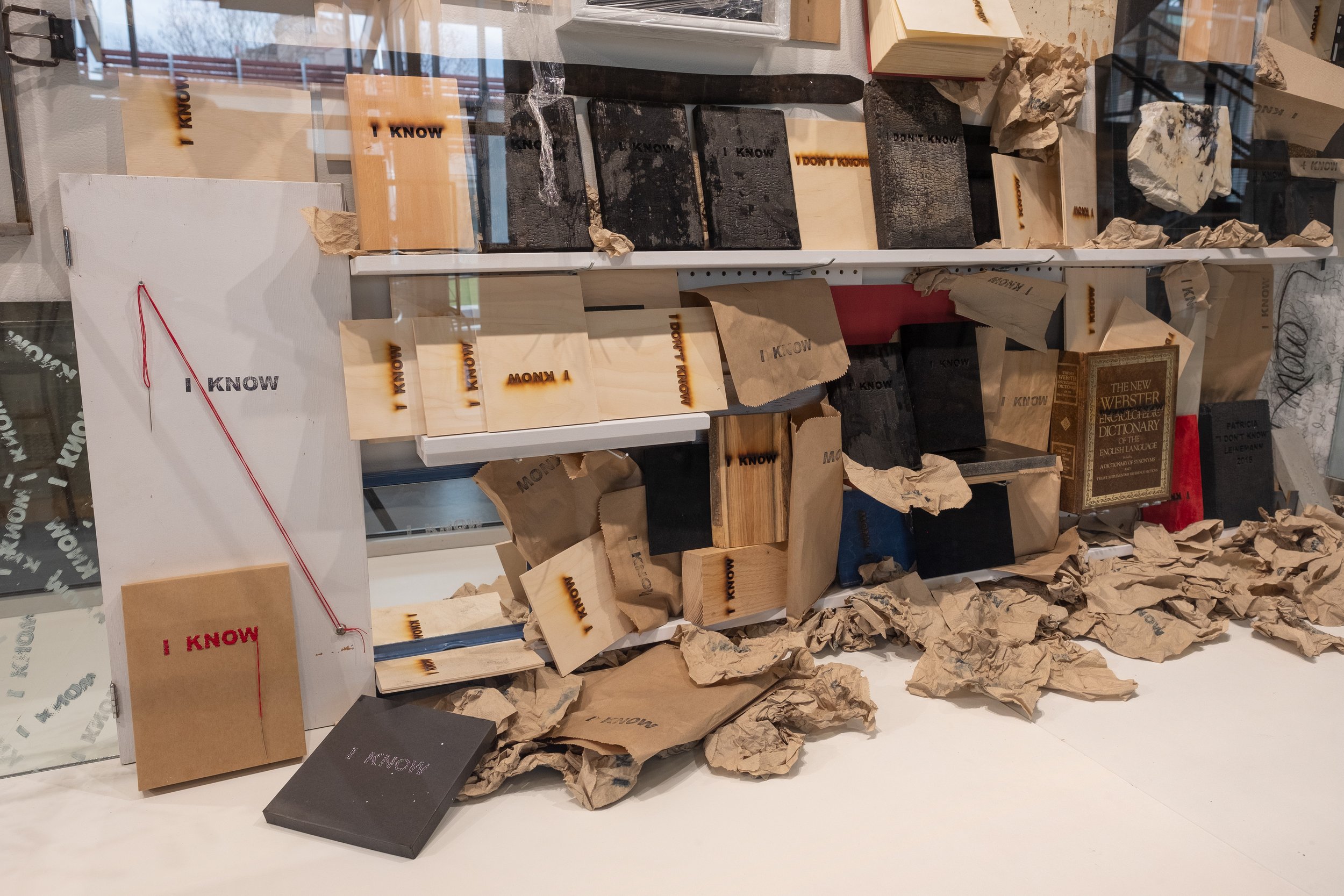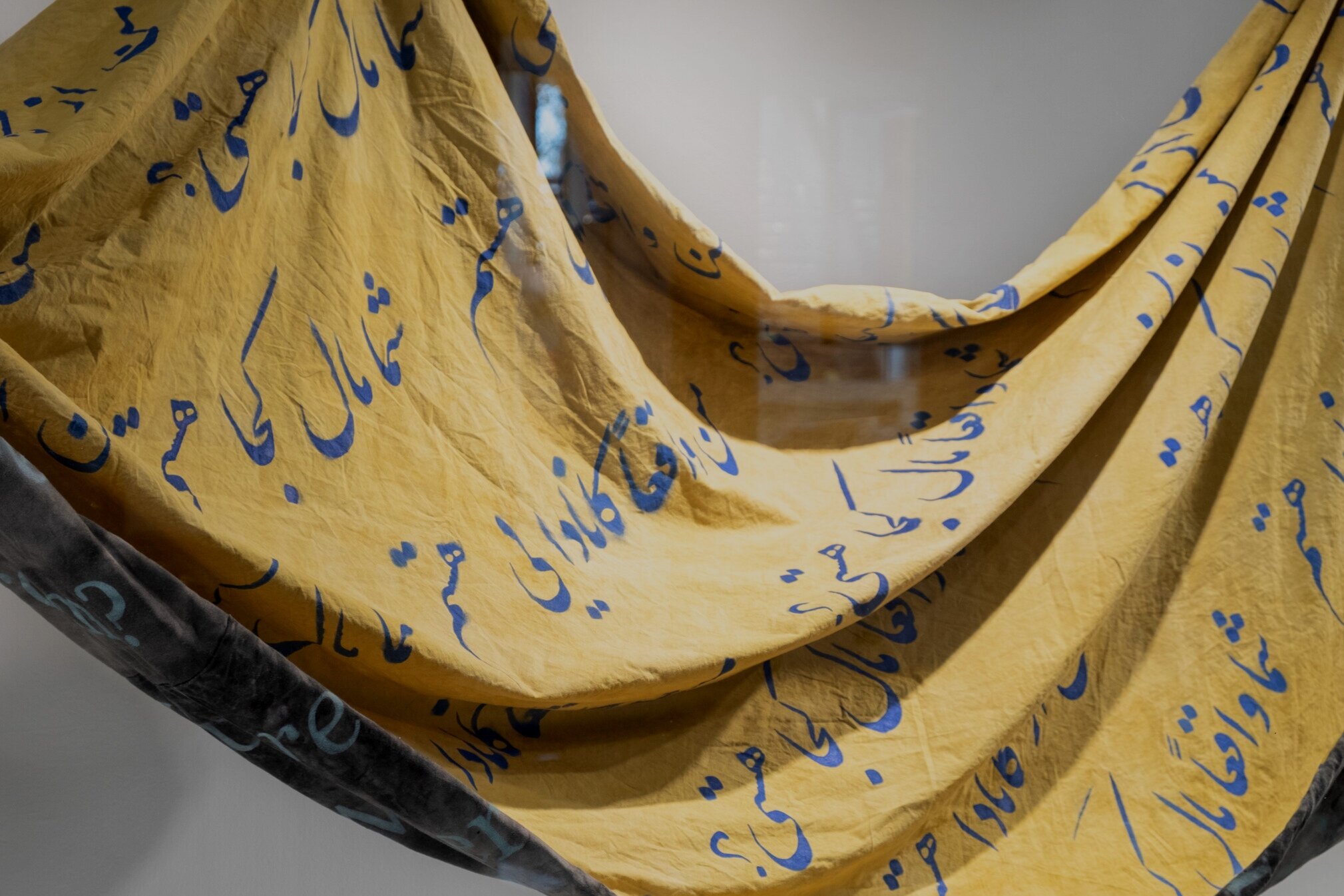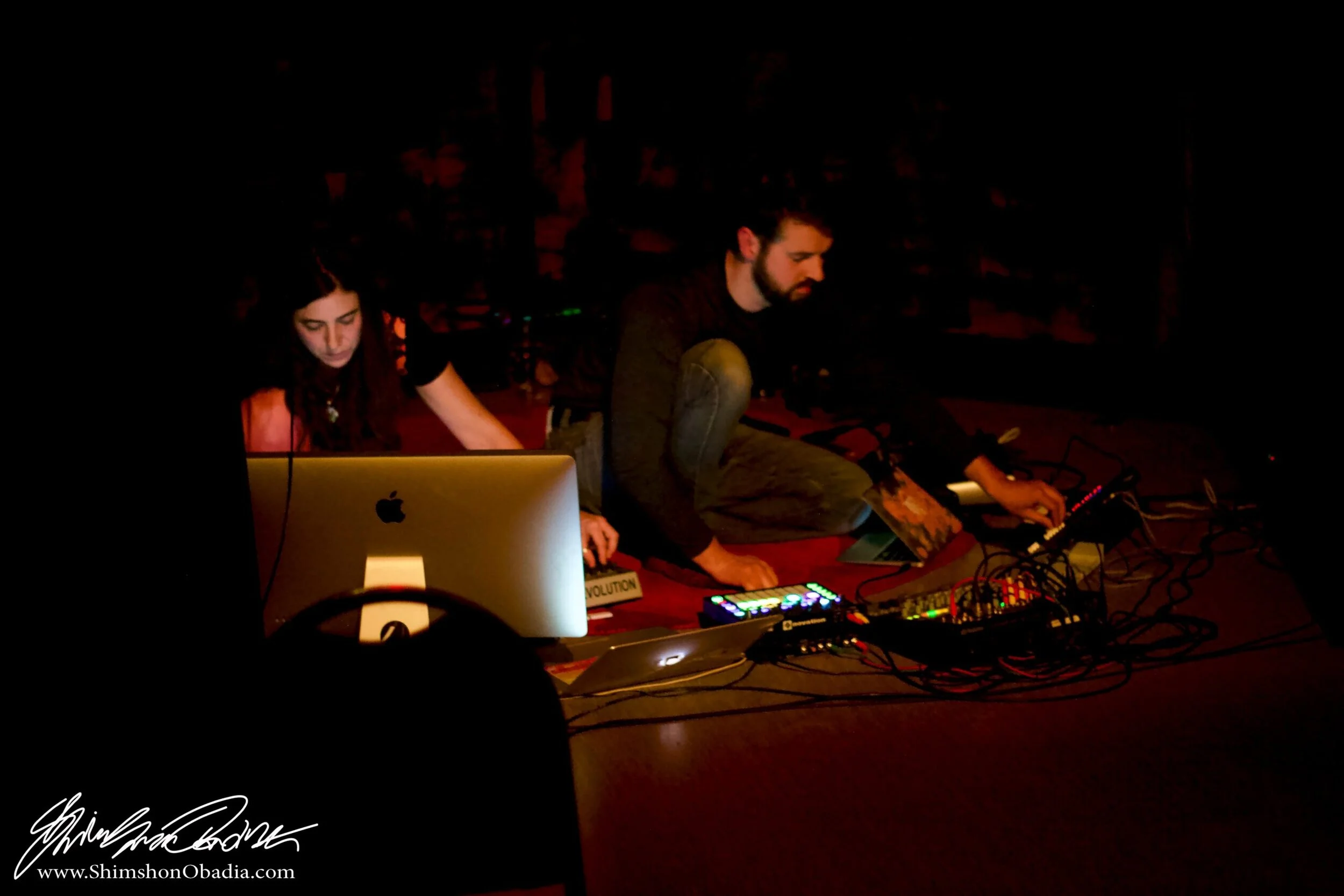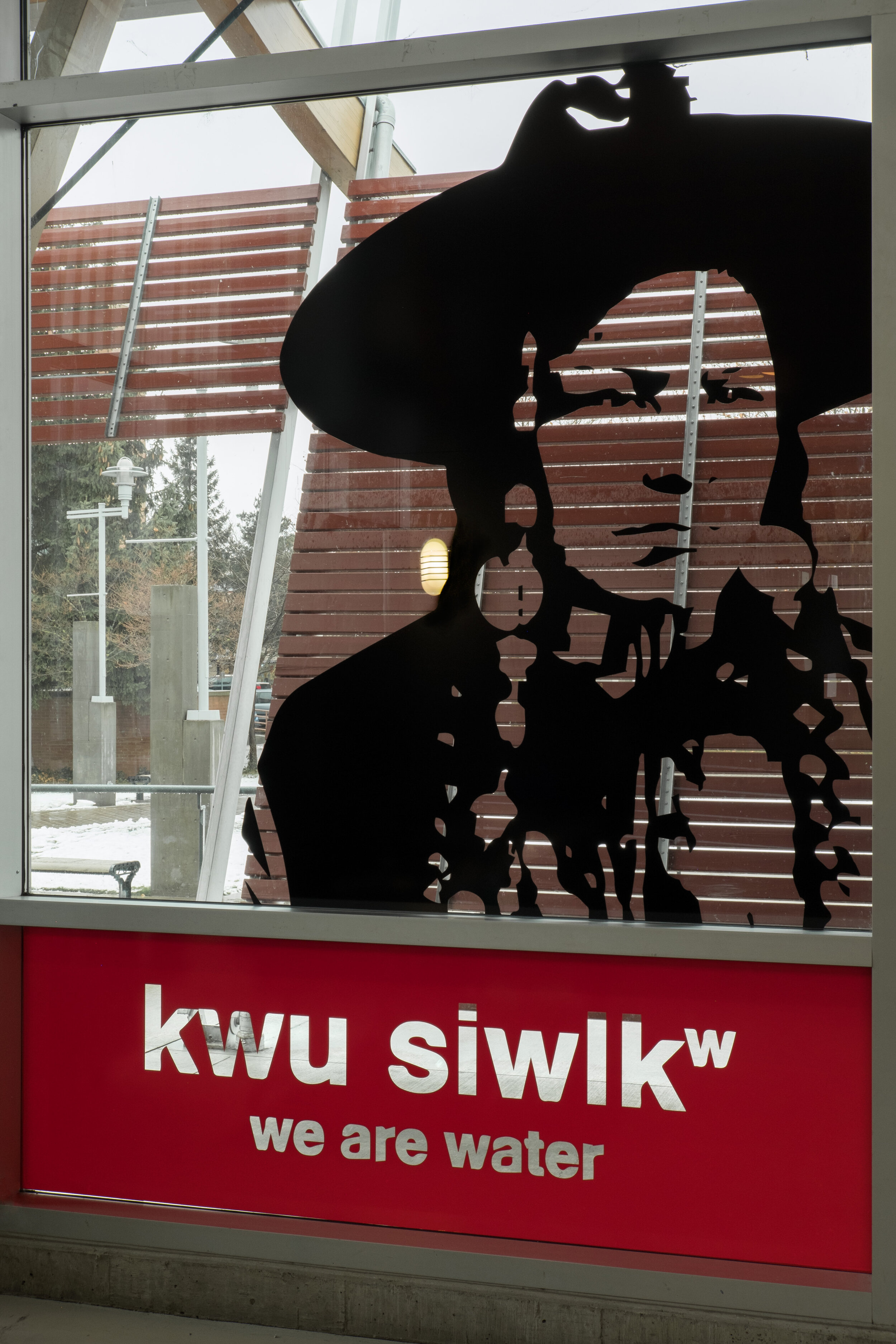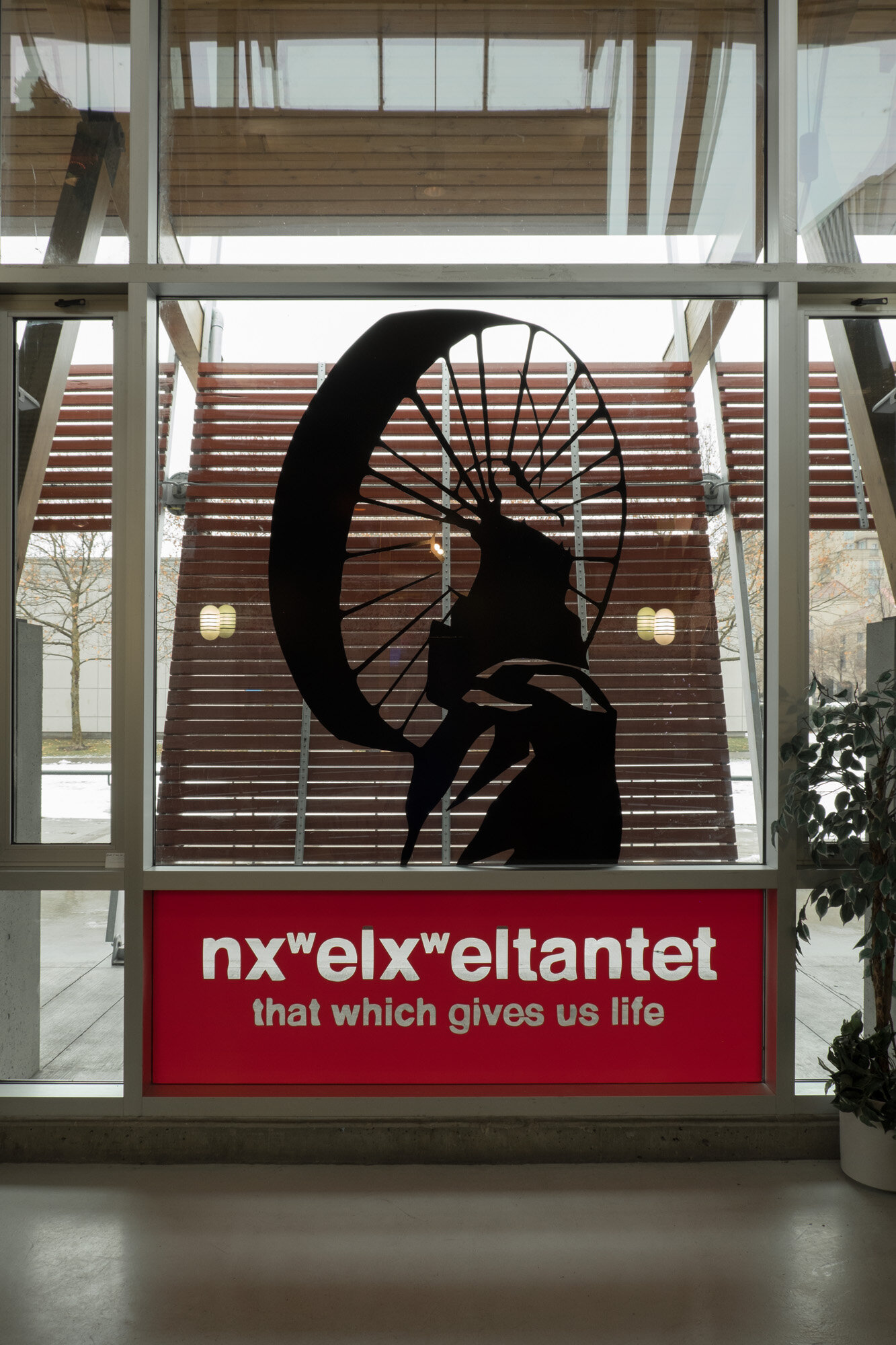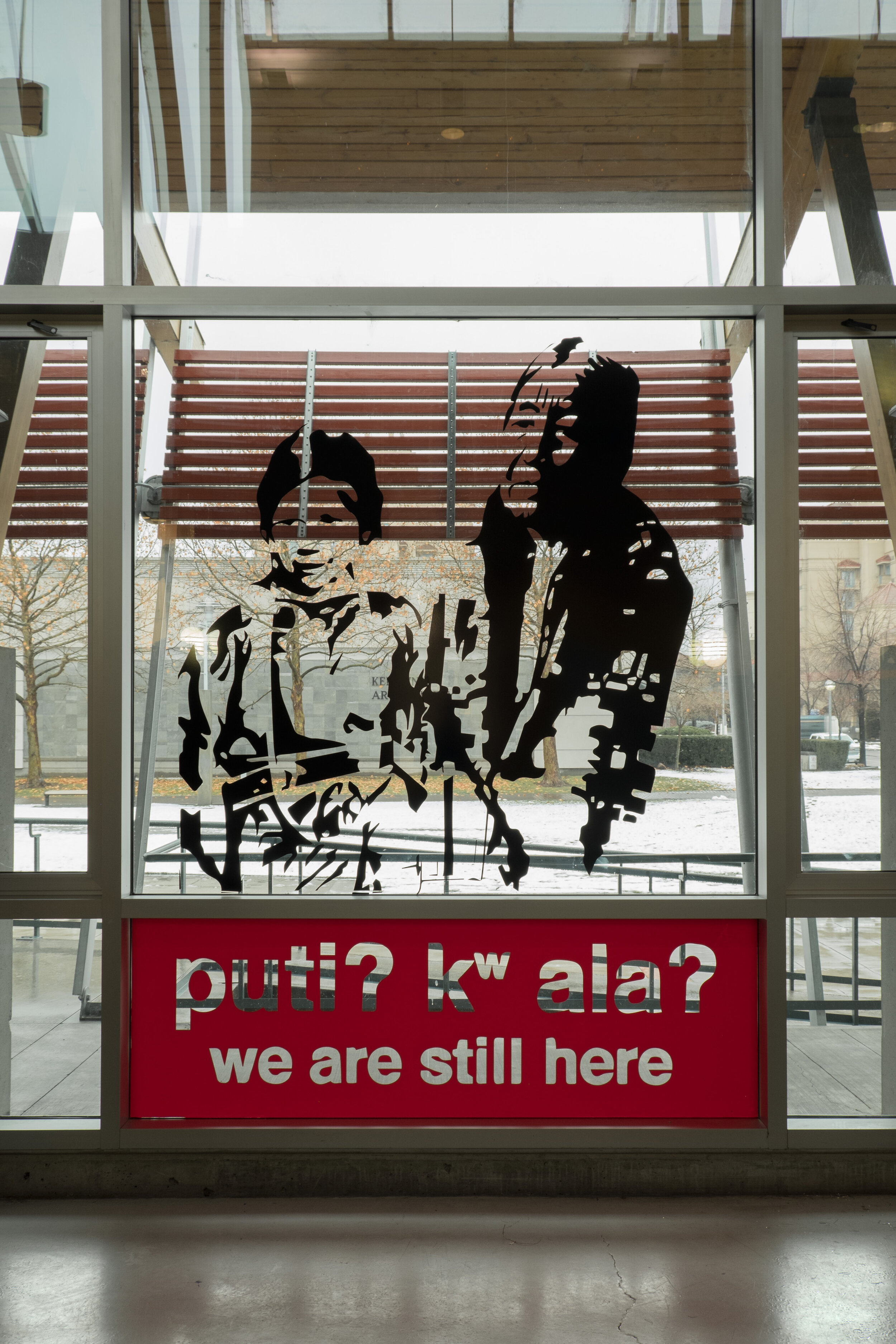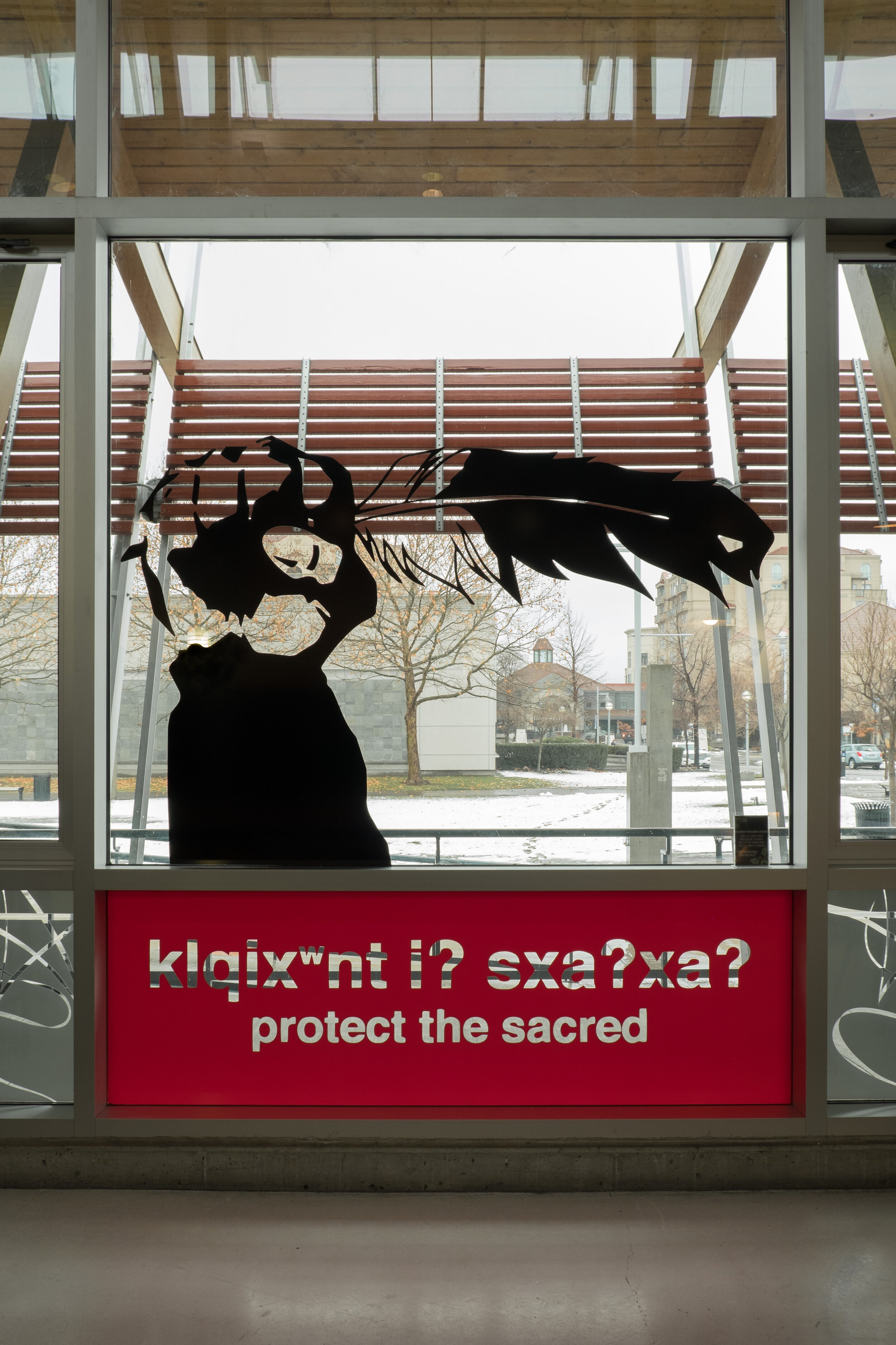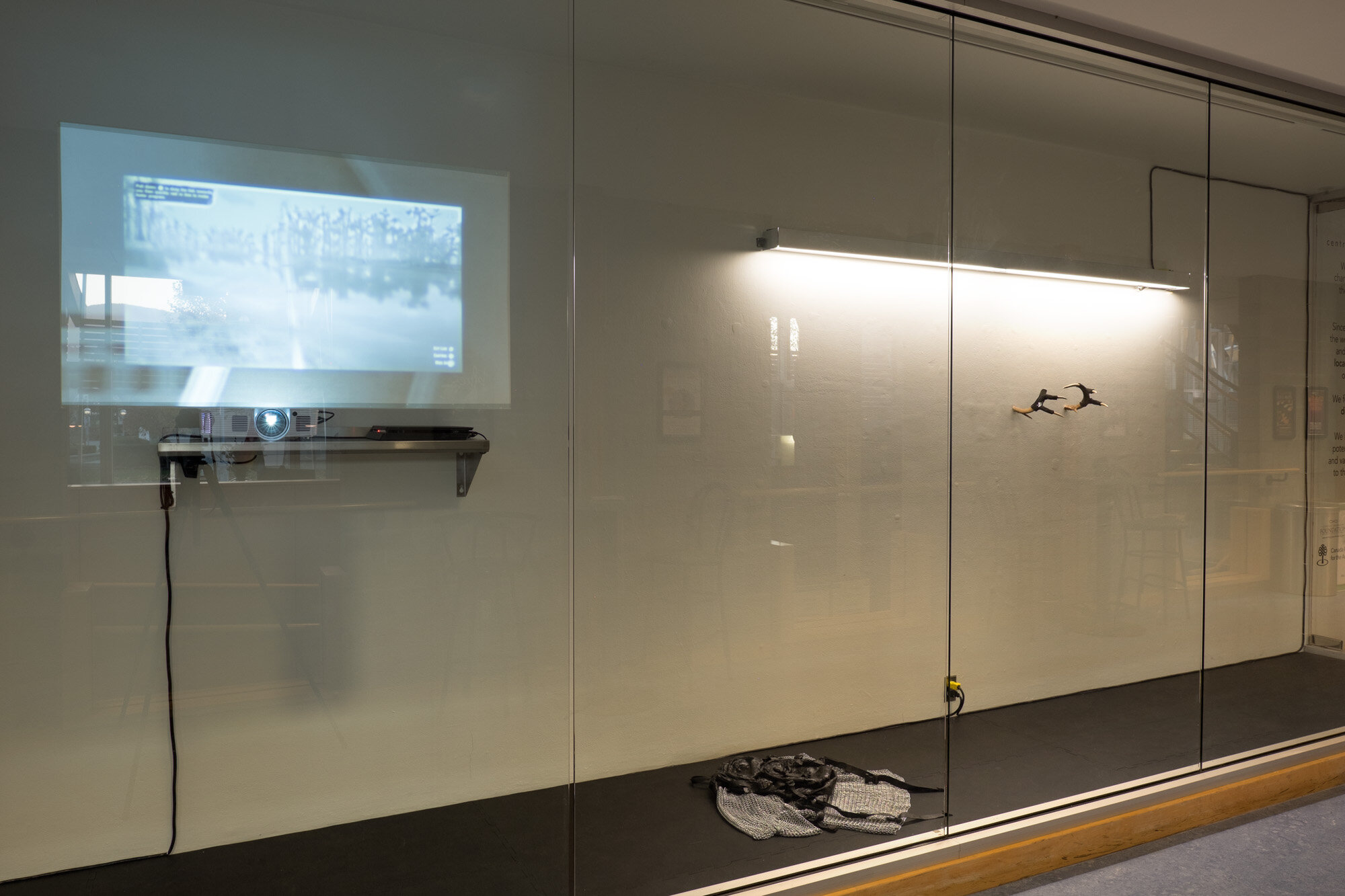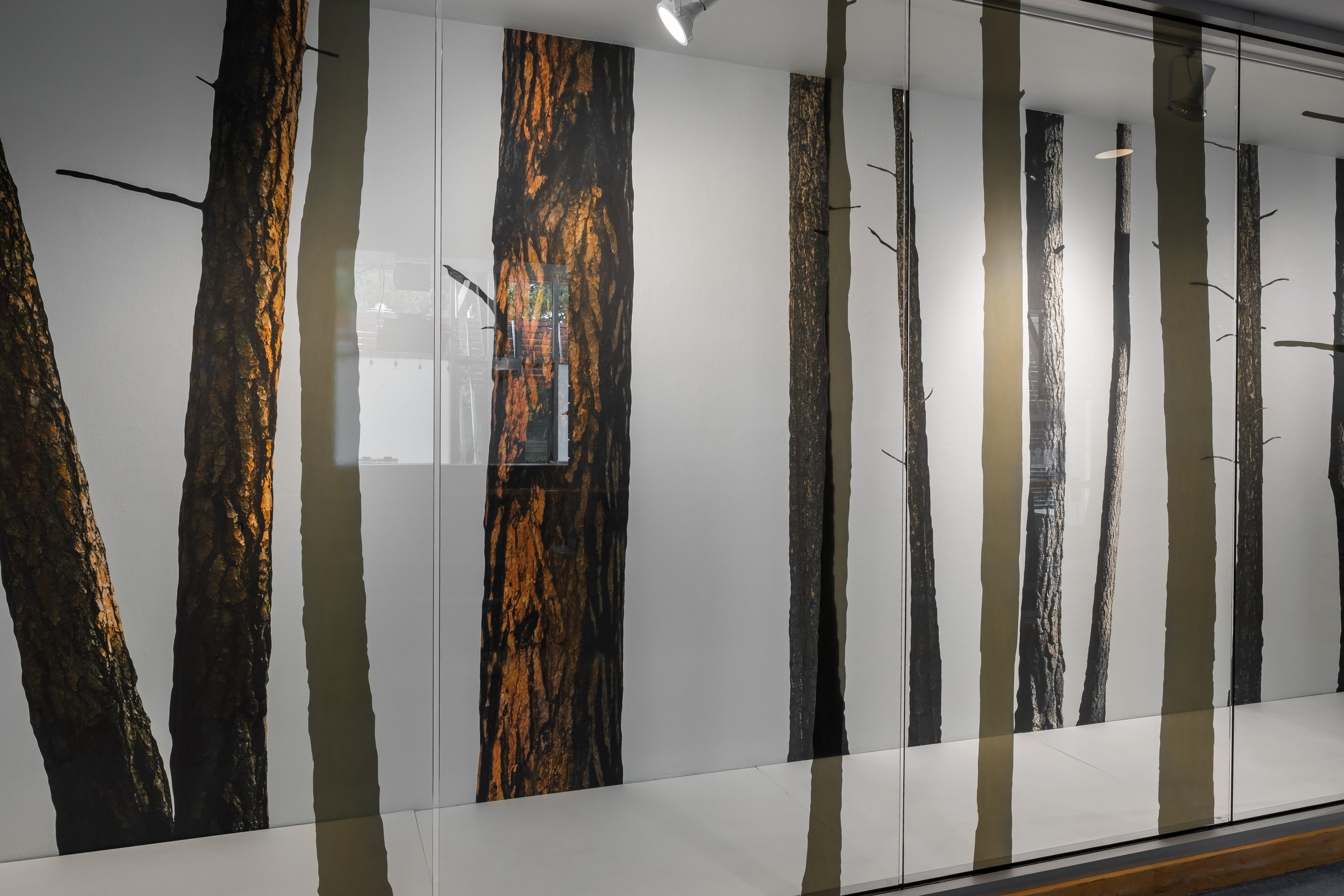
Andreas Rutkauskas // After the Fire
After the Fire, exhibiting at the Alternator Centre for Contemporary Art’s Window Gallery.
Working with a 4x5” large-format film camera, artist Andreas Rutkauskas has been documenting the regeneration following wildfires in the Southern Interior of British Columbia since 2017. Initially prompted by the question of what the aftermath of a wildfire looked like firsthand, his understanding of the importance of fire on the land has been dramatically enhanced through this creative visual research.
For his installation, Rutkauskas selected components from original photographs made with his camera at four sites that burned on unceded Syilx territory between 2015 and 2020. Focusing exclusively on the trunks of charred Ponderosa and Lodgepole pine gave the viewer an opportunity to witness the process of regeneration from recently burned forest through varying degrees of succession. The source photographs were made between two months and three years following each fire’s occurrence.
While full-colour images were adhered to the back wall of the window space, silhouettes of other burned trees from around the Okanagan, also generated from his photographic archive, were presented as translucent vinyl cut-outs on the glass itself. Creating a sense of depth within the gallery space, his goal is to simulate the experience of standing in a forest. His technique takes its cues from the art of diorama construction, and other practices of illusion dating back to a time before photography.
After the Fire aimed to provide an alternative viewpoint to the sensationalist aesthetic of wildfire in popular media. The Okanagan is a fire-adapted ecosystem, and the Syilx maintained a balance between ecological processes and human influence through the practice of cultural burning. Rutkauskas hoped that the work could act as a conduit for discussions between various stakeholders on how we can live cooperatively with fire into the future.
After the Fire, exhibiting at the Alternator Centre for Contemporary Art’s Window Gallery from September 10 - October 23, 2021. Video by Joanne Gervais.
Andreas Rutkauskas was born in Winnipeg (Treaty 1 territory, the ancestral and traditional homeland of Anishinaabe, Cree, Oji-Cree, Dakota, and Dene peoples, and the homeland of the Métis Nation) and currently resides on the unceded traditional territory of the Syilx (Okanagan Valley, British Columbia).
His projects involve photography and video, often focusing on landscapes that have undergone changes due to a range of technologies; examples include surveillance along the Canada/U.S. border, cycles of industrialization & deindustrialization in Canada’s oil patch, and most recently, the aftermath and regeneration following wildfires in Western Canada.
Rutkauskas was the inaugural recipient of a residency with the Fondation Grantham pour l’art et l’environnement in 2020. In 2018, he was a Research Fellow with the Canadian Photography Institute, and he was a finalist for the Gabriele Basilico International Prize in Architecture and Landscape in 2016. His work has been exhibited in artist-run centres, public art galleries and museums across Canada, as well as internationally.
For more information about Rutkauskas and his work, visit his website.

